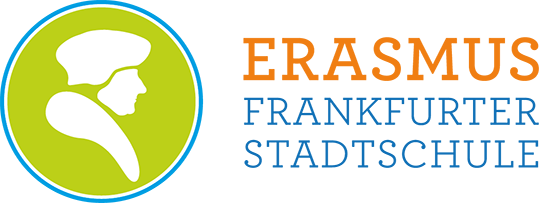The Erasmus primary school successfully established and implemented the immersion method for English and Spanish several years ago.
For children in particular, the immersion method is one of the best ways to learn a foreign language. At our school, our pupils are exposed to English or Spanish throughout the day on a daily basis. This interaction with our native-speaking teachers allows them to both passively and actively acquire these languages. The following reveals more about the "one person, one language" approach and the success everyone, Erasmus pupils as well as parents, can look forward to after completing primary school:
After only three years at the Erasmus School, children are able to speak and understand English or Spanish fluently, read a children's book in the language or compose and give a short presentation on a topic from their general studies at the beginning of year 4. Is that not a wonderful achievement for a method that enables our children to learn the foreign language with hardly any effort? We think so!
How exactly do we implement this method of instruction? German, English and Spanish are used as the working languages for interdisciplinary instruction by native-speaking teachers based on the Canadian method for early language acquisition. Each class is led by a team of two teachers, one speaking German and the other speaking his or her native language of Spanish or English. Mathematics, Social Studies and other subjects are thus taught bilingually by both teachers in team-teaching lessons.
As consistently as possible based on the principle of "one person ‐ one language".
This means that the children come to associate each teacher with a specific language and use that one language to communicate with that one teacher. The goal is that by the end of primary school, each child will be able to speak and write in the primary language of German as well as their first chosen foreign language and will have obtained basic skills in the second foreign language. Parents decide at the beginning whether their child will attend an "E" or an "S" class and receive instruction with a focus on English or on Spanish.
We are, of course, also able to foster the children's language abilities individually or to integrate them as transfer pupils with specific language skills into various school years. There is a lot to tell about our school's immersion method.



